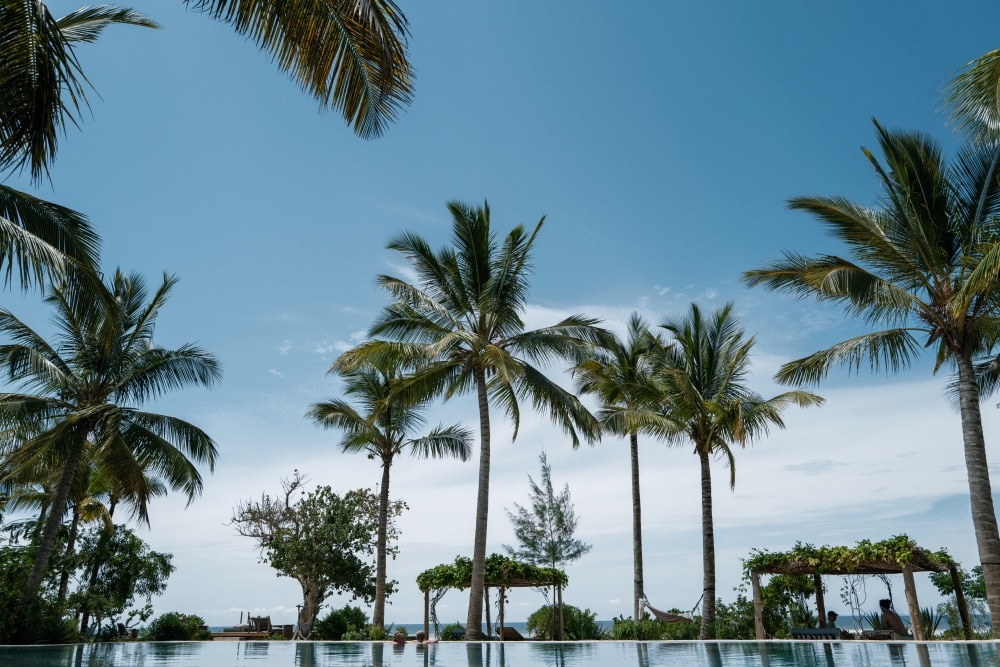Foto oleh Sharrie Shaw
Hotel murah di Surakarta
- Ubah fikiran andaTempah hotel dengan pembatalan percuma
- Jadi cerewetCari hampir sejuta hartanah di seluruh dunia
Jangkau melebihi penginapan biasa anda di Surakarta
Mesra keluarga
Semak harga untuk tarikh ini
Malam ini
Esok
Hujung minggu ini
Hujung minggu depan
10 hotel popular di Surakarta

Alila Solo, Java
Surakarta
9.2 daripada 10, Hebat, (132)
Harga ialah RM241
RM292 jumlah
termasuk cukai & fi
21 Nov - 22 Nov

Swiss-Belhotel Solo
Banjarsari
9.2 daripada 10, Hebat, (38)
Harga ialah RM176
RM213 jumlah
termasuk cukai & fi
23 Nov - 24 Nov

Lampion Hotel Solo
Surakarta
7.4 daripada 10, Baik, (6)

Amarelo Hotel
Surakarta
Harga ialah RM71
RM86 jumlah
termasuk cukai & fi
19 Nov - 20 Nov
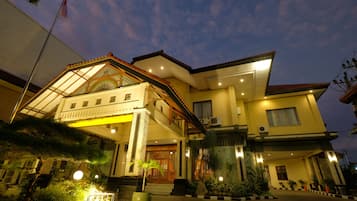
Diamond Hotel Solo
Surakarta
9.0 daripada 10, Hebat, (2)
Harga ialah RM64
RM77 jumlah
termasuk cukai & fi
18 Dis - 19 Dis
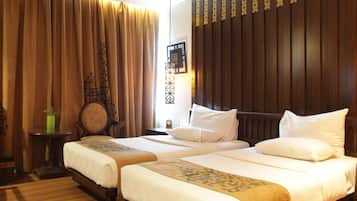
The Royal Surakarta Heritage - Handwritten Collection
Pusat Bandar Solo
8.4 daripada 10, Sangat Baik, (165)
Harga ialah RM125
RM151 jumlah
termasuk cukai & fi
2 Dis - 3 Dis
Harga semalam terendah yang ditemui dalam masa 24 jam lalu berdasarkan penginapan 1 malam untuk 2 orang dewasa. Harga dan ketersediaan adalah tertakluk pada perubahan. Terma tambahan mungkin dikenakan.
Tawaran hotel hujung minggu yang hebat di Surakarta
Menunjukkan tawaran untuk:28 Nov - 30 Nov
Galeri imej untuk Grand Mercure Solo Baru

Grand Mercure Solo Baru
Grogol
8.6/10Cemerlang (76 ulasan)
Diskaun 15%
Harga adalah RM180
RM436 jumlah
termasuk cukai & fi
Jimat purata sebanyak 15% pada beribu-ribu hotel apabila anda log masuk
Tempat penginapan di Surakarta
Cari kawasan dan kawasan sekitar Surakarta terbaik untuk aktiviti yang paling anda nikmati. Ketahui lebih lanjut tentang Surakarta
Ketahui lebih lanjut tentang Surakarta
Pusat Bandar Solo
Anda akan menikmati muzium dan zoo di Pusat Bandar Solo. Anda mungkin ingin meluangkan masa untuk singgah ke Pusat Membeli-belah Solo Paragon Lifestyle atau Taman Keprabon.
Banjarsari
Jika anda meluangkan masa di Banjarsari, Pusat Membeli-belah Solo Paragon Lifestyle dan Taman Bandar Raya Balekambang merupakan tarikan yang disarankan untuk dilihat.
Menginap berhampiran tarikan Surakarta popular
Ulasan Hotel Surakarta Popular
Penginapan murah di Surakarta

Dparagon Kerten
Jl. Siwalan, Surakarta, Jawa Tengah
Soalan lazim
Terokai dunia perjalanan dengan Expedia
Berdekatan Tempat Tarikan
Lebih banyak cara untuk menempah
Corak Terbaru Expedia
Penerbangan
Pakej
- Percutian di Pulau Batam
- Percutian di Pontianak
- Percutian di Magelang
- Percutian di Dumai
- Percutian di Balikpapan
- Percutian di Banjarmasin
- Percutian di Karimun
- Percutian di Pekanbaru
- Percutian di Labuan Bajo
- Percutian di Makassar
- Percutian di Yogyakarta
- Percutian di Medan
- Percutian di Semarang
- Percutian di Bogor
- Percutian di Banda Aceh
- Percutian di Tanjung Pinang
![At the museum no photos are allowed which is really unfortunate as it was well worth the visit and the guided tour is definitely not to be missed. In the museum there are even Batik made from the Dutch era which depicts stories like Little Red Riding Hood and Snow White!
I enjoyed the tour v much and at the end of the tour we were brought to this room where the artisan were working on hand drawn batik.
Below is an excerpt from Wikipedia for anyone interested in learning more about the process of batik making.
Firstly, a cloth is washed, soaked and beaten with a large mallet. Patterns are drawn with pencil and later redrawn using hot wax, usually made from a mixture of paraffin or bees wax, sometimes mixed with plant resins, which functions as a dye-resist. The wax can be applied with a variety of tools. A pen-like instrument called a canting (IPA: [tʃantiŋ], sometimes spelled with old Dutch orthography tjanting) is the most common. A canting is made from a small copper reservoir with a spout on a wooden handle. The reservoir holds the resist which flows through the spout, creating dots and lines as it moves. For larger patterns, a stiff brush may be used. Alternatively, a copper block stamp called a cap (IPA: [tʃap]; old spelling tjap) is used to cover large areas more efficiently.
After the cloth is dry, the resist is removed by scraping or boiling the cloth. The areas treated with resist keep their original color; when the resist is removed the contrast between the dyed and undyed areas forms the pattern. This process is repeated as many times as the number of colors desired.
The most traditional type of batik, called batik tulis (written batik), is drawn using only the canting. The cloth need to be drawn on both sides and dipped in a dye bath three to four times. The whole process may take up to a year; it yields considerably finer patterns than stamped batik.
Source: Wikipedia](https://images.trvl-media.com/place/6224808/26fd1460-c65a-4c1a-9444-7a893e883ac9.jpg?impolicy=fcrop&w=1200&h=500&q=medium)
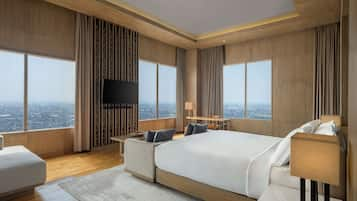
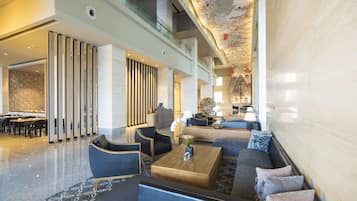



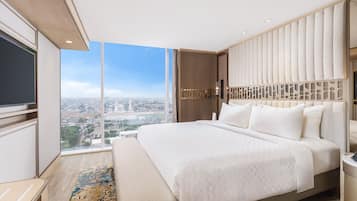

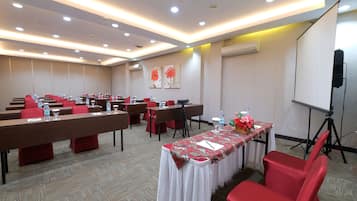


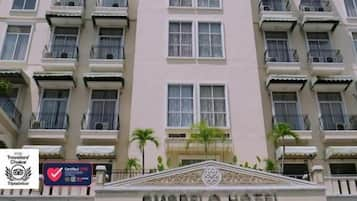


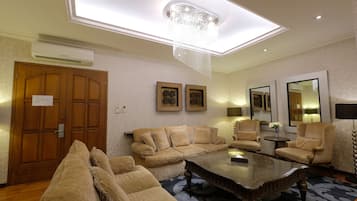
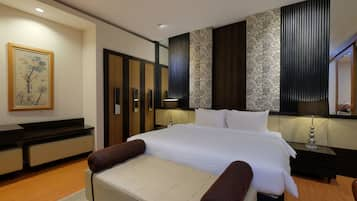

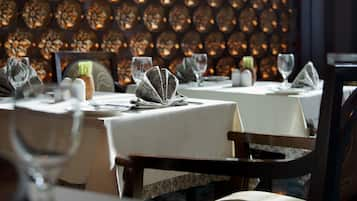
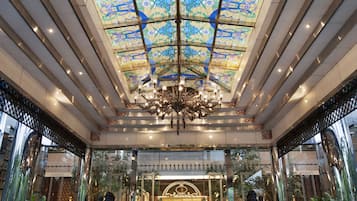

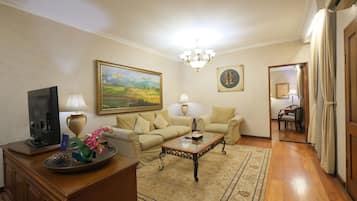
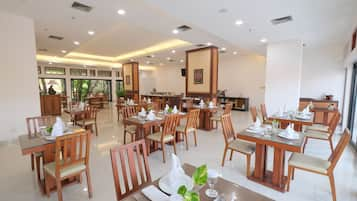

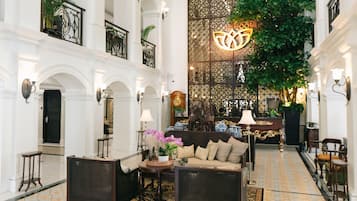
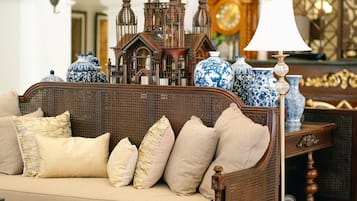
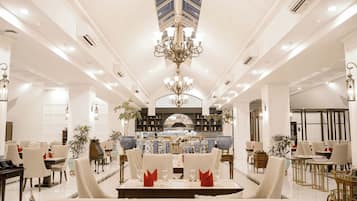

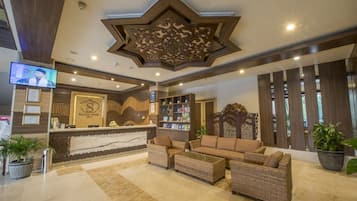

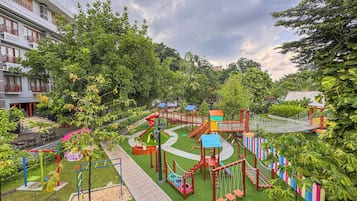

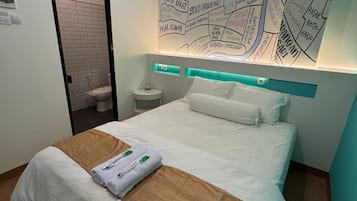
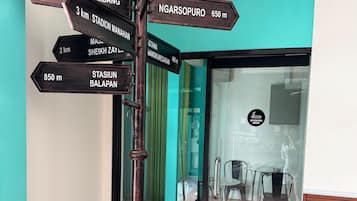
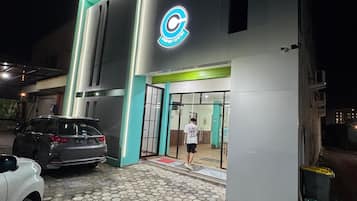
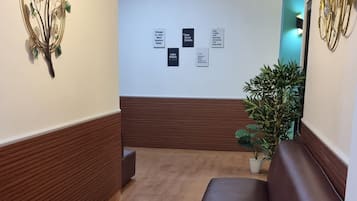

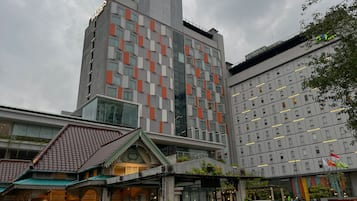
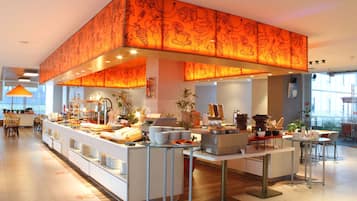

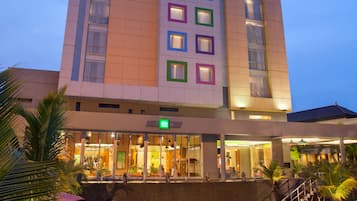

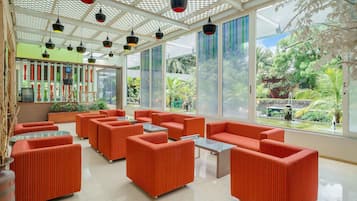

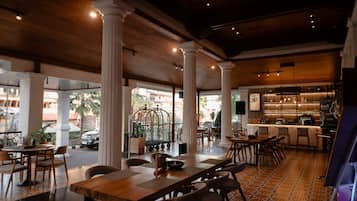


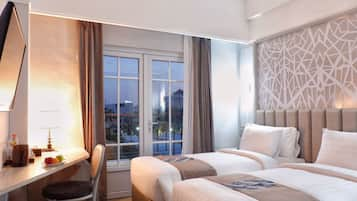
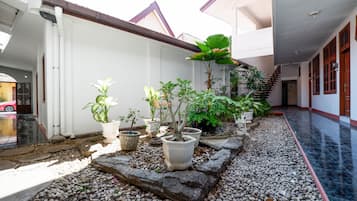
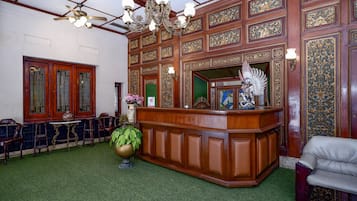

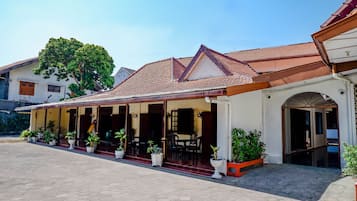


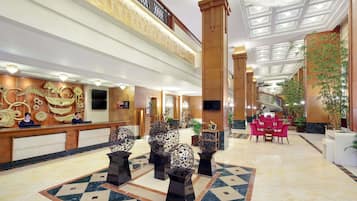
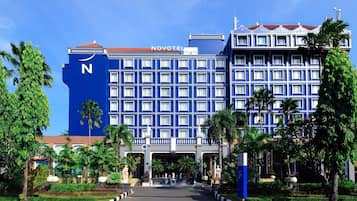


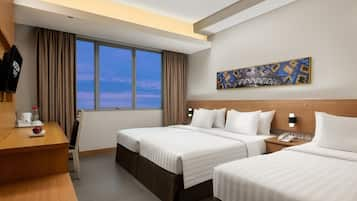

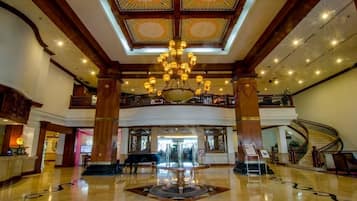



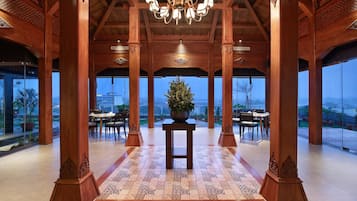

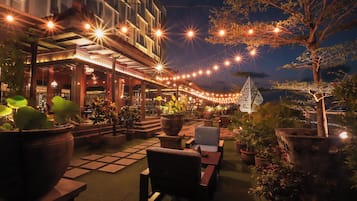
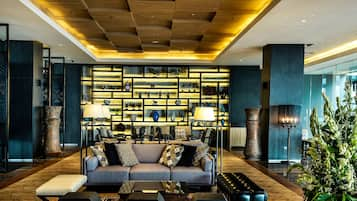
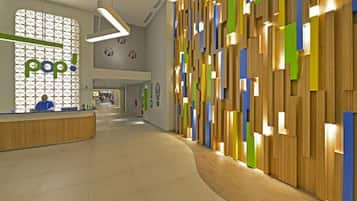


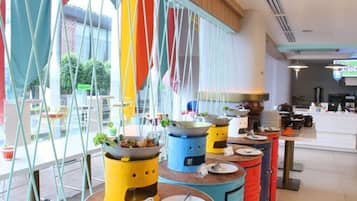
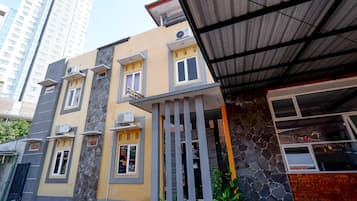

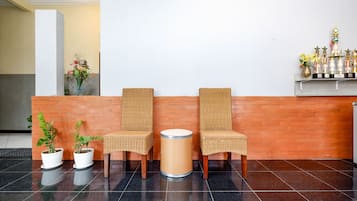
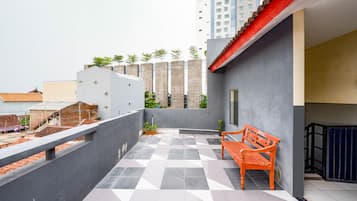



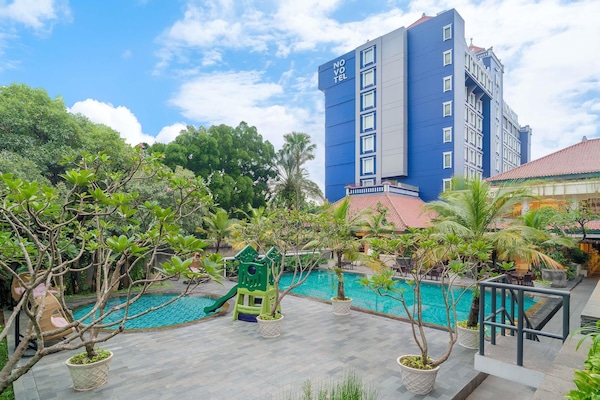
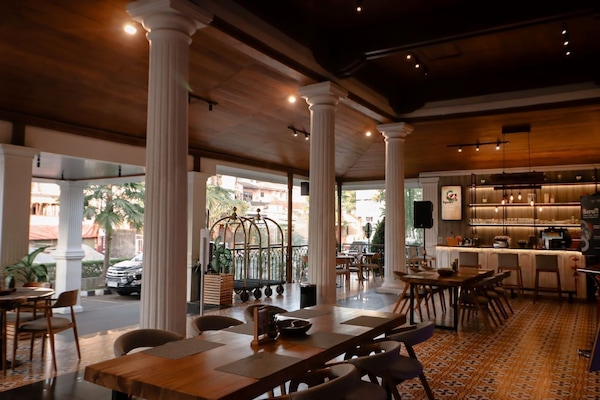




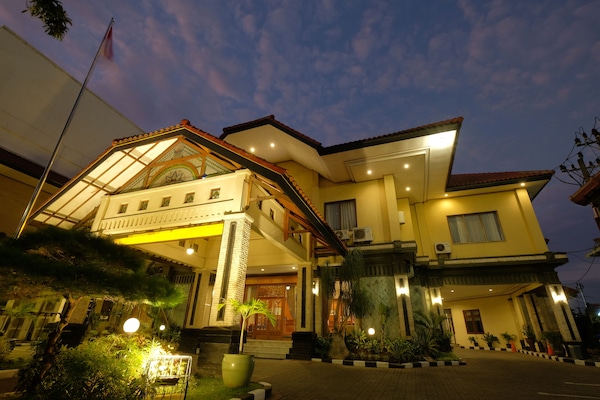




![At the museum no photos are allowed which is really unfortunate as it was well worth the visit and the guided tour is definitely not to be missed. In the museum there are even Batik made from the Dutch era which depicts stories like Little Red Riding Hood and Snow White!
I enjoyed the tour v much and at the end of the tour we were brought to this room where the artisan were working on hand drawn batik.
Below is an excerpt from Wikipedia for anyone interested in learning more about the process of batik making.
Firstly, a cloth is washed, soaked and beaten with a large mallet. Patterns are drawn with pencil and later redrawn using hot wax, usually made from a mixture of paraffin or bees wax, sometimes mixed with plant resins, which functions as a dye-resist. The wax can be applied with a variety of tools. A pen-like instrument called a canting (IPA: [tʃantiŋ], sometimes spelled with old Dutch orthography tjanting) is the most common. A canting is made from a small copper reservoir with a spout on a wooden handle. The reservoir holds the resist which flows through the spout, creating dots and lines as it moves. For larger patterns, a stiff brush may be used. Alternatively, a copper block stamp called a cap (IPA: [tʃap]; old spelling tjap) is used to cover large areas more efficiently.
After the cloth is dry, the resist is removed by scraping or boiling the cloth. The areas treated with resist keep their original color; when the resist is removed the contrast between the dyed and undyed areas forms the pattern. This process is repeated as many times as the number of colors desired.
The most traditional type of batik, called batik tulis (written batik), is drawn using only the canting. The cloth need to be drawn on both sides and dipped in a dye bath three to four times. The whole process may take up to a year; it yields considerably finer patterns than stamped batik.
Source: Wikipedia](https://images.trvl-media.com/place/6224808/26fd1460-c65a-4c1a-9444-7a893e883ac9.jpg?impolicy=fcrop&w=300&h=400&p=1&q=high)





